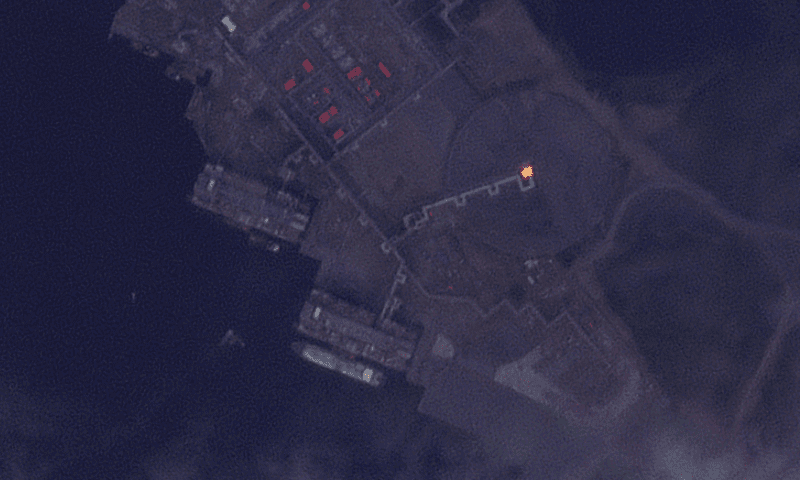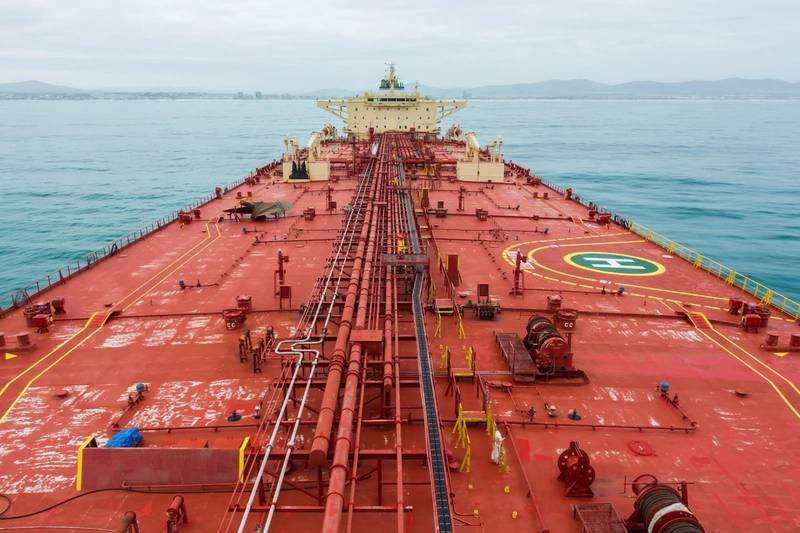Russian LNG producer Novatek took a risky step to bypass Western sanctions by sending the non-ice-class LNG tanker called Everest Energy through the icy waters of the Northern Sea Route, marking the first time a conventional carrier has completed this journey. However, this move increases the risk profile of Arctic shipping, as Everest Energy lacks the necessary permit from Russia’s Arctic agency and sails under a defunct Palau flag, raising questions about its insurance status.
Everest Energy is part of Russia’s emerging LNG shadow fleet and has made its second trip to the Arctic LNG 2 project, heading towards Asia after entering the Kara Sea. While specialized ice-capable vessels have been used for LNG deliveries on the Northern Sea Route since 2017, Everest Energy, at 21 years old, is the first non-specialized vessel to take on the 3,500 nautical mile route, taking advantage of reduced ice extent in mid-September.
The journey via the Northern Sea Route indicates Russia’s goal to market approved liquefied natural gas in Asia, especially with Novatek’s Chinese sales arm facing US sanctions. Despite initial attempts to deliver sanctioned cargo through traditional routes being thwarted by US sanctions, several vessels related to the Arctic LNG 2 project remain stuck amid investigations into illegal shipping practices. The suspension of flags for ships like Everest Energy could pose challenges for navigating international straits like the Suez Canal.


















